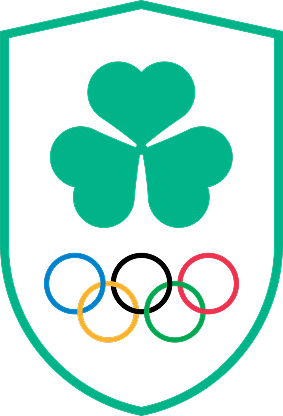National Federation
Rowing Ireland
National Rowing Centre
Farran Wood
Ovens
Co. Cork
Tel: +353 (21) 7434044
Email: [email protected]
Olympic History
Rowing was scheduled to appear in Athens in 1896 but bad weather caused its cancellation. It made its Olympic debut in Paris in 1900. The seating configurations of the boats in the Olympic regatta have changed a number of times since then.
Women’s rowing was introduced at the Olympic at Montreal 1976 and lightweight rowing, for men and women, was introduced at Atlanta 1996.
The International Olympic Committee (IOC) Executive Board has announced the Tokyo 2020 Olympic rowing event programme and quota on 9th June, 2017 and for rowing the move to gender equity sees the adding of the women’s four and the removal of the lightweight men’s four from the Olympic rowing programme. This change will make for an equal number of women and men competing in rowing at the Olympics – 263 athletes of each gender.
Technical Details
In Olympic rowing 14 different boat classes are raced, eight sculling events in which two oars are used, one in each hand and six sweep-oared events in which the rower uses one oar with both hands.
The sculling boat classes are the single, the double and the quadruple scull with crews of one, two or four athletes respectively, as well as the lightweight double. The sweep rowing categories include the pair, the four and the eight with coxswain, which is perhaps the most spectacular rowing event of all.
For the lightweight events (the lightweight women’s double and the lightweight men’s double) the average weight of a men’s crew must not exceed 70kg with the maximum weight for crew members being 72.5kg, for women the average weight of a crew must not exceed 57kg with the maximum weight for crew members being 59kg. All races cover a distance of 2000 metres.
Rules
Rowing races cover a distance of 2,000m in river, canal or lake-type competition venues in six lanes. Crews qualify through predetermined rounds, namely the preliminary round (heats), the repeat round (repechages), the semi-finals and the finals. The “A” final determines the first six places and the runners-up “B” final determines the next six rankings, namely 7th to 12th positions. The number of rounds per event depends on the number of crews taking part.
The races take place under the supervision of umpires, who are members of the Jury for every event. The jury members are placed at various locations on and off the competition course, such as the starting line, where the races begin under the supervision of the aligner and the starter; along the course of the race in the competition lanes under the supervision of umpires; the finishing line with the finish-line umpire; the identity verification stage of the crews before their embarkation onto the boats; the weighing-in of the athletes; the weighing-in of boats; and, in general, in all areas directly related to the competition, the athletes and their equipment.
Olympic Categories of Boats
There are two categories of rowing competition boats:
Sculling
In which the athletes hold one oar in each hand:
1. Single Scull (one rower) (1x)
2. Double Scull (two rowers) (2x)
3. Quadruple Scull (four rowers) (4x)
4. Lightweight double scull (L2x)
Sweep rowing
In which the athletes use one oar with both hands:
1. Pair (2-)
2. Four (4-)
3. Eight (8+)
Athletes categories
In Rowing there are two categories of athletes:
1. Open: (open to all athletes, regardless of their weight)
2. Lightweight: In this category men cannot weigh more than 72.5kg and women cannot exceed 59kg, while the average weight of the crew cannot exceed 70 and 57kg respectively.
Coxswains
The minimum admissible weight of a coxswain, irrespective of boat or event category, is 55kg for men and 50kg for women.
The Irish Amateur Rowing Union (IARU) was established in 1899. Its aim was to put the organisations and control of the sport of rowing on a proper footing, both nationally and internationally. The first Irish championships was instituted in 1912, and continues to this very day. Nowadays the national federation is known as Rowing Ireland and is based at the National Rowing Centre in County Cork. Athletes of all levels, including the High Performance ones, use the facilities at the Centre which is home to the Irish Championships annually.
